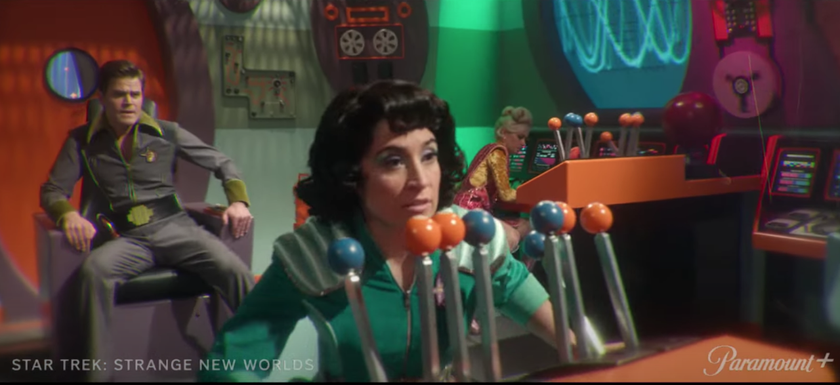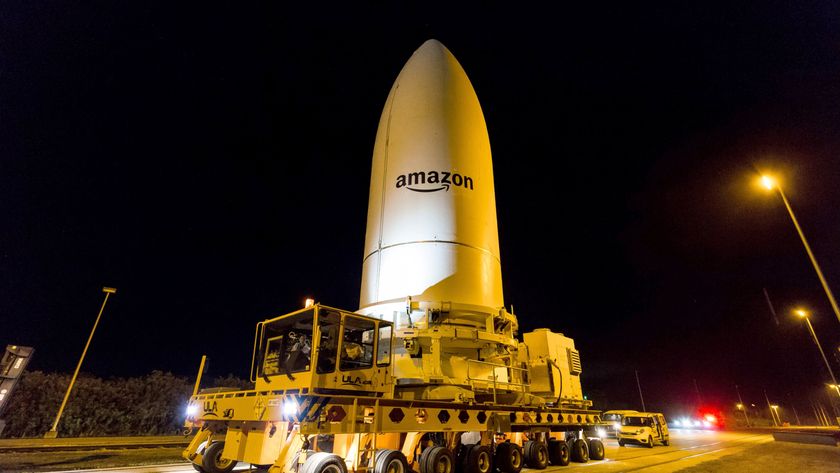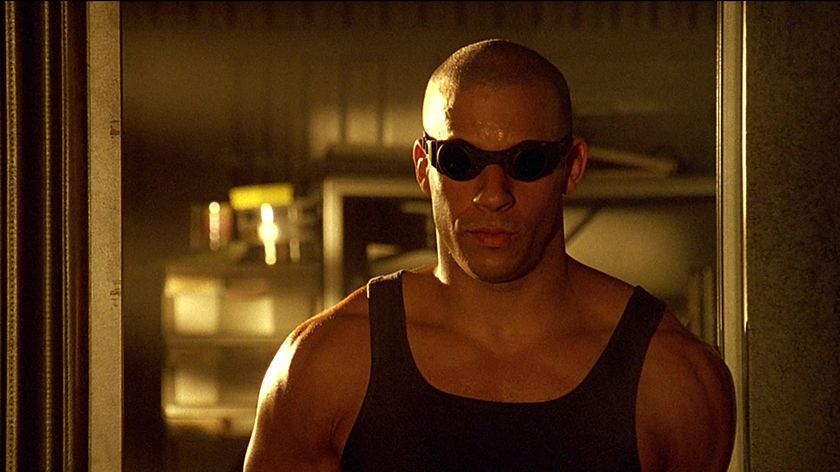Astronaut's Cookbook Is a Thanksgiving Treat
On Thanksgiving, if you want to eat like an astronaut, lookto "The Astronaut's Cookbook ? Tales, Recipes and More," where NASAveterans Charles Bourland and Gregory Vogt give a new behind-the-scenes look atdining in outer space.
"A good meal is essential in space ? the astronautshave to be at maximum performance if they're going to do their job,"Bourland explained. "It might even be life-saving."
The cost of food
Since even now it costs some $10,000 per pound or more tolaunch something into space, NASA is eager to cut down on the weight ofpayloads, which influences food. In the Gemini capsule, each astronaut wasallowed 1.7 lbs. of food per day, and even today's space shuttle crews are onlyallowed 3.8 lbs. of food per person daily. Food must also last withoutrefrigeration, as fridges take up valuable space. Menus for astronauts arestill picked out some five months in advance, much like they have been sincethe Gemini days.
Most food items are 90 percent water. As water is plentifulon the space shuttle as it was in the Gemini and Apollo spacecraft ? abyproduct of the fuel cells that provide them all their power ? freeze-driedmeals were common, entrees that astronauts rehydrated by adding water into foodpouches. However, "astronauts get tired of it pretty quick after a fewdays," Bourland said.
On the other hand, power on the space station is provided byhuge solar panels, where water is not a byproduct. As a result,thermostabilized food, which is more popular with astronauts, is becoming morecommon there ? a fancy way of saying items that are heat-processed to destroydangerous microbes, just like canned food on earth.
"I usually say we went from cubes and tubes to normalfood that you eat from an open container," said Bourland, a food scientistwho worked with NASA since Apollo 12.
Get the Space.com Newsletter
Breaking space news, the latest updates on rocket launches, skywatching events and more!
Other types of space foodinclude irradiated meals sterilized with ionizing radiation, dried fruits andbeef, and snacks such as candy and nuts. Astronauts now even get a limitedsupply of fresh fruits and vegetables that must be eaten within the first fewdays of flight before they spoil.
"It's important to have a good meal in space wheneveryou can when you're that far away from home," Vogt said.
Celebrities Emeril Lagasse and Rachael Ray contributedrecipes to NASA that are featured in "The Astronaut's Cookbook,"including Lagasse's Kicked Up Bacon Cheese Mashed Potatoes. Recipes fromastronauts are provided as well.
The real issue ? bathrooms
For years, NASA food scientists thought astronauts didn'teat space food because quality was the problem. "That was the issue tosome extent, but on Apollo and even Gemini, the real problem was having to goto the bathroom afterward," Bourland explained.
"Imagine if you're sitting tight next to your buddy ina capsule, and you're going to the bathroom while he's trying to eat breakfast,and the odor then lingers in there for hours afterward. A lot of astronautssaid they would rather not eat to avoid going to the bathroom," Bourlandsaid. "Installing toiletsin space actually solved a lot of nutrition problems."
Still, even now astronauts eat roughly half as much as theyshould when in the space shuttle. "When they're on the shuttle, they'realways rushed for time, they've got all these things they need to do,"Bourland said. "And quite a bit of people have motion sickness. Oncethey're on the station though, they usually get back to a normal routine."
Flavor in microgravity
One long-term concern with eating in space is howmicrogravity might impact taste.
"Vapors don't really rise from thefood in space ? you wouldn't be able to smell it as well," Bourlandexplained. "And in microgravity, bodily fluids tend to accumulate in theupper body, resulting in congestion, which can also affect how foodtastes."
Some astronauts say there is a change, some don't."NASA did at least three experiments to test this, but there wasn't enoughdata to say either way," Bourland said. "We usually try and keep mostof the food fairly mild in any case."
Pitfalls for space chefs
If you want to cook in outer space, here are hazards toavoid:
- Carbonated beverages are a no-no. The bubbles inside aren't buoyant in a weightless environment, so they randomly spread throughout fluid, even after swallowing. This means burps in space often unpleasantly come with a liquid spray, and "bubbles can go right through the other way as well, really causing problems for astronauts," Bourland said.
- Since powders can interfere dangerously with equipment, salt comes in a watery solution, while pepper comes in oil. Picante sauce and ketchup are available as well.
- Crumbs are problems too. In the early days of the space program, cookies were covered in gelatin to minimize crumbs ? "that's what happens when you have food designed by engineers," Vogt said. Nowadays they just use bite-size cookies that astronauts swallow whole, reducing the chance of errant fragments. Also, instead of bread, in 1985 astronaut Mary Cleave and payload specialist Rodolfo Vela introduced tortillas, as they have very few crumbs. "Tortillas are also popular playthings ? the astronauts toss them like Frisbees," Vogt said.
- Fresh oranges and bananas are unpopular. "They produce a smell that lingers," Bourland explained. "And when astronauts get into orbit, they may get nauseated, and then they associate the smell of the fruit with their nausea."
- Freeze-dried shrimp cocktail is surprisingly popular. "It looks pretty awful, but put water in there, and I've tried it, it's amazing," Vogt said.
Tofu on the menu?
As to what the astronauts at the space station will actuallyhave for Thanksgivingin space? They ordered nothing special for the holiday, although they haveirradiated smoked turkey and freeze-dried turkey tetrazzini on their menus ifthey really want the bird.
"We're just always pleased to be in space ? I don'tcare what they give us," current space shuttle STS-129 mission commanderCharlie Hobaugh said. "It could be beef brisket. It could be tofu. Itdoesn't matter to me. We're going to enjoy ourselves no matter what wedo."
"The tofu is a bit of a stretch," Hobaugh admittedwhen his crewmates laughed at the suggestion during a preflight newsconference.
- Space Food: From Squeeze Tubes to Celebrity Chefs
- Japanese Space Food a Hit in Orbit
- Orbital Eating: A Space Thanksgiving for ISS Crew
Join our Space Forums to keep talking space on the latest missions, night sky and more! And if you have a news tip, correction or comment, let us know at: community@space.com.

Charles Q. Choi is a contributing writer for Space.com and Live Science. He covers all things human origins and astronomy as well as physics, animals and general science topics. Charles has a Master of Arts degree from the University of Missouri-Columbia, School of Journalism and a Bachelor of Arts degree from the University of South Florida. Charles has visited every continent on Earth, drinking rancid yak butter tea in Lhasa, snorkeling with sea lions in the Galapagos and even climbing an iceberg in Antarctica. Visit him at http://www.sciwriter.us









